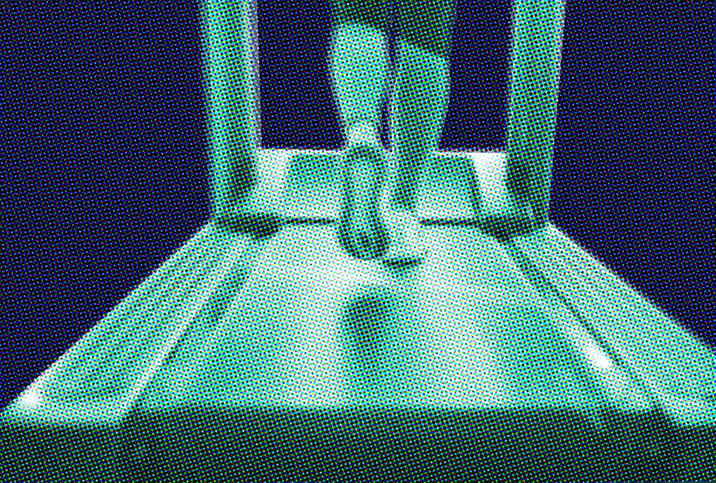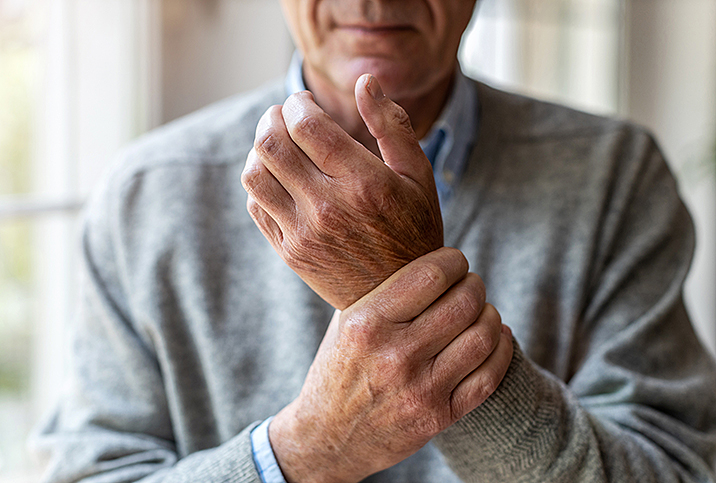Osteoporosis & Exercise: Myths & Misconceptions

The National Institutes of Health (NIH) estimates that more than 200 million people worldwide suffer from osteoporosis, a disease that weakens the bones and makes them more susceptible to breaks.
Since osteoporosis is such a common disease, it's surprising that the condition is still surrounded by misconceptions, many of which are related to how the disease is associated with and impacted by exercise. Is exercise a smart prevention technique? Can exercise lead to problems for people suffering from osteoporosis? Yes, to both.
To debunk some of the more common myths about osteoporosis and exercise, we gathered the science.
Myth: I can avoid osteoporosis by simply drinking plenty of milk and exercising.
Reality: A balanced diet, with plenty of vitamin D, and regular exercise undoubtedly provide benefits to your overall health. However, even people who make these healthy lifestyle choices can develop osteoporosis. Smokers, heavy drinkers, people with autoimmune disorders, thin people and those with a history of bone fractures as an adult are at a higher risk of getting osteoporosis, regardless of how often they exercise and how much milk they drink. Other health conditions, such as diabetes and digestive disorders, are also risk factors.
Myth: It's unsafe to exercise if I have osteoporosis.
Reality: According to the Mayo Clinic, exercise can actually reduce your risk of sustaining life-threatening injuries as a result of osteoporosis. Conversely, since osteoporosis is a bone-weakening disorder, it can cause fractures that can sometimes lead to impaired mobility. Given both of those points, it's important to consult with your doctor about what exercises are right for you. Together, you can find safe exercises that will strengthen your muscles and bones and improve your balance.
Myth: Osteoporosis is a woman's disease.
Reality: Osteoporosis is most common among women, but that doesn't mean men don't suffer from the disease, too. According to the International Osteoporosis Foundation, 1 in 3 women and 1 in 5 men older than 50 will suffer a fracture due to osteoporosis in their lifetime. The National Osteoporosis Foundation puts the number of American men with osteoporosis at 2 million. About 12 million more are at risk.
Myth: It's normal to get osteoporosis as I age.
Reality: Aging does not make getting osteoporosis inevitable. Some people do have uncontrollable factors that put them more at risk for the disease, but you can take steps to lower your chances of developing the disease. Getting enough calcium and vitamin D and exercising consistently can both lower your chances of getting osteoporosis and also help you avoid complications if you do get it.
Myth: Osteoporosis doesn't concern young people.
Reality: It's never too early to make lifestyle choices that can help prevent future health conditions such as osteoporosis. According to the NIH Osteoporosis and Related Bone Diseases National Resource Center, women acquire nearly 90 percent of bone mass by age 18, and men by age 20. For this reason, developing healthy nutritional and exercise habits early in life can help build bone density at a young age and make you less likely to experience issues with conditions such as osteoporosis in the future.

















